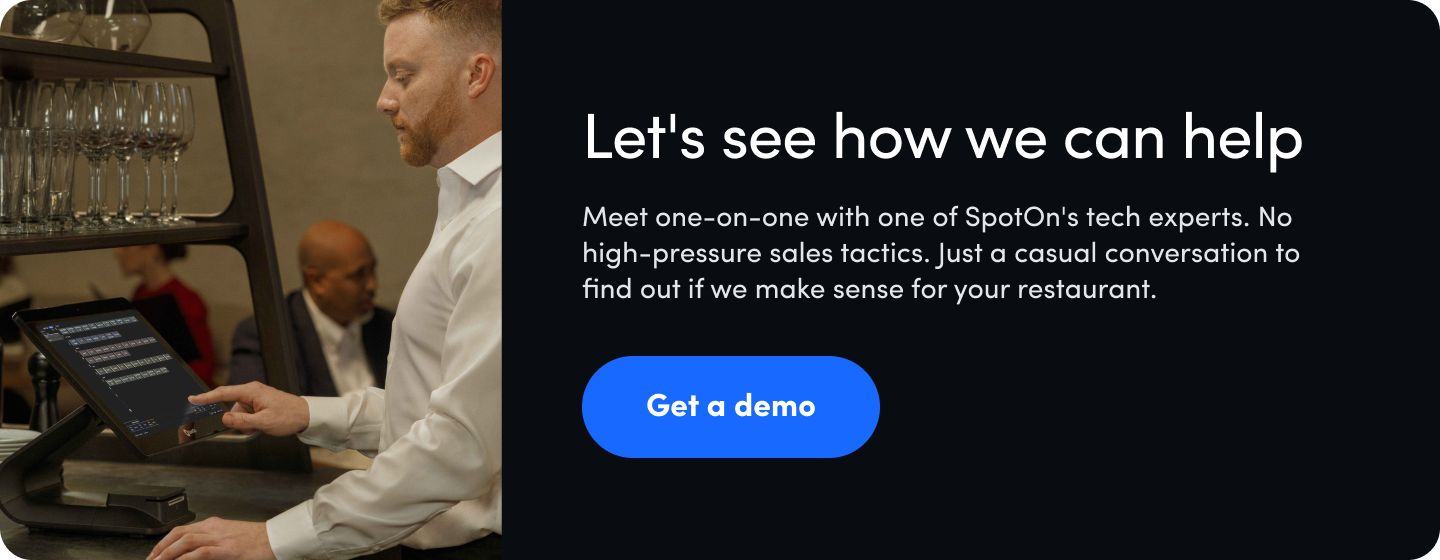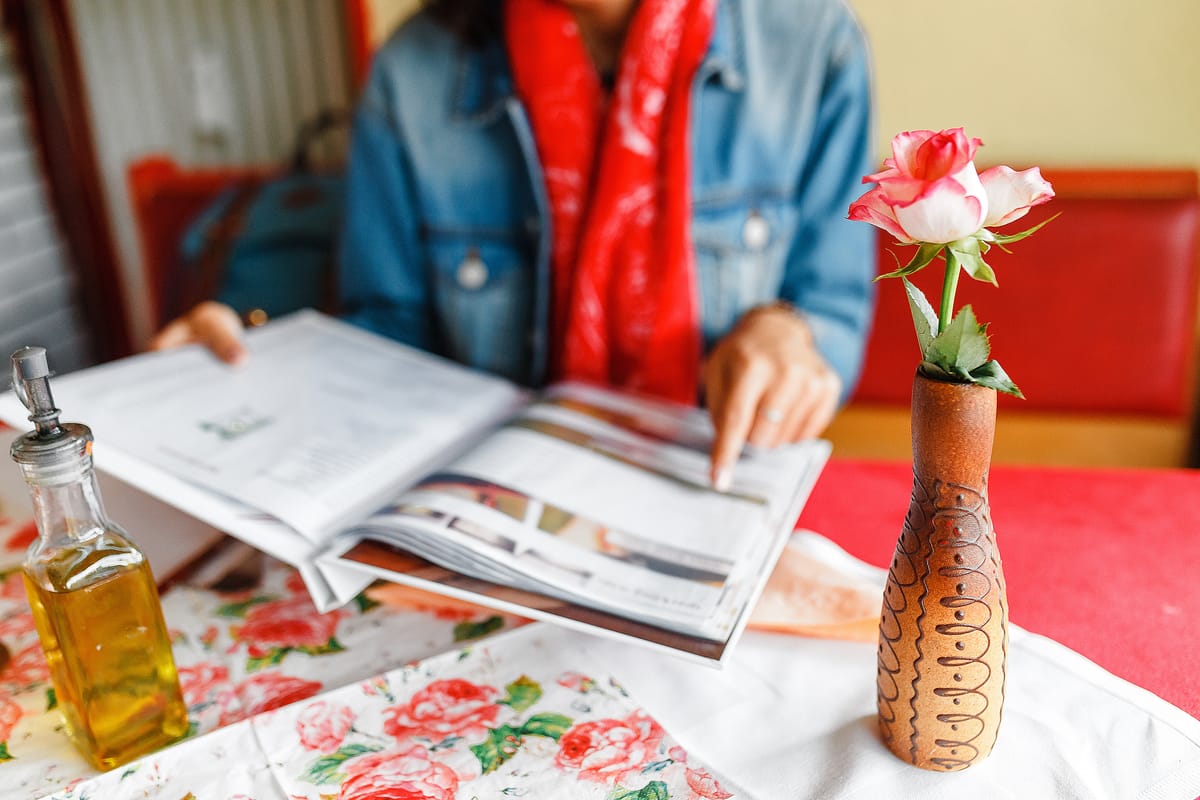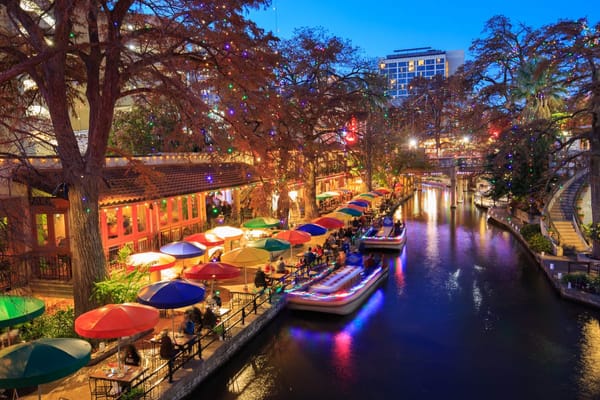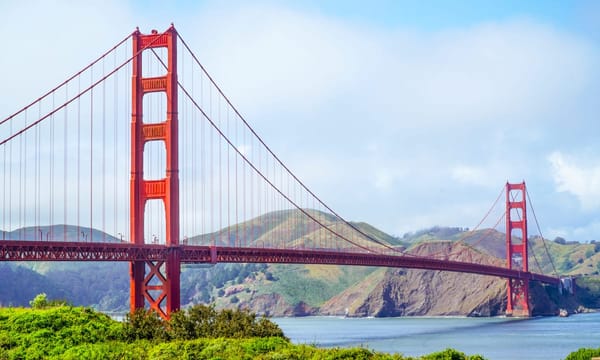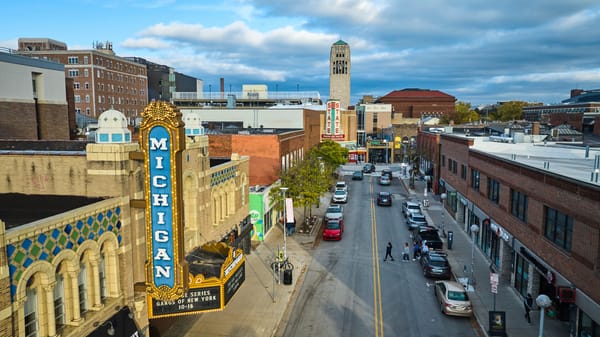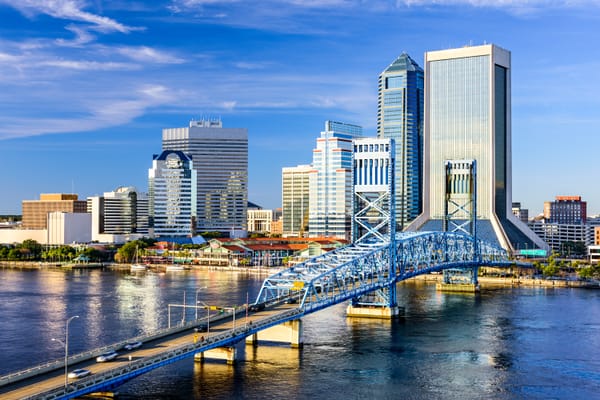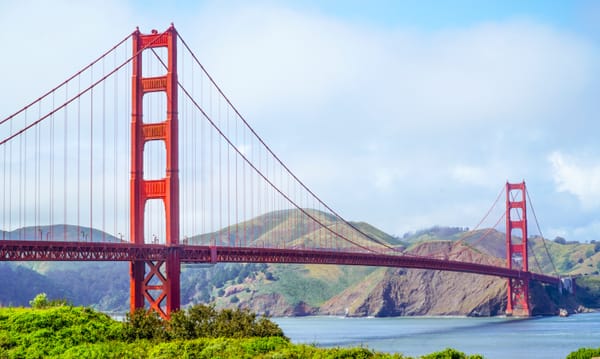Lynn Kupczyk is a Lead Designer on the SpotOn marketing team. She's designed menus, Instagram ads, and logos for small businesses. When she's not supporting local restaurants, she's at home with her two rescue dogs, Pip and Daisy, and bird, Paco.
Your restaurant menu defines your restaurant. But it’s not set in stone—it’s a living document that reflects your restaurant’s personality and evolution and is an important tool for maximizing profitability. Considering the amount of time you’ve spent on menu engineering, you’d hate for it to go to waste on a poorly designed, confusing menu. And while it’s unlikely you have a graphic designer on staff, following a few simple tips can help make your menu more appealing to guests and a workhorse for your bottom line.
Whether you’re in the process of completely redesigning your restaurant’s menu or you’re looking for a checklist to inform a seasonal refresh—here’s your guide to restaurant menu design.
1. Streamline your menu
A well-designed restaurant menu starts in the kitchen. Before you tackle the visual design, take the time to conduct some menu engineering to ensure you’re offering a profitable menu. This means identifying your most popular and profitable items and eliminating your least profitable and least popular items.
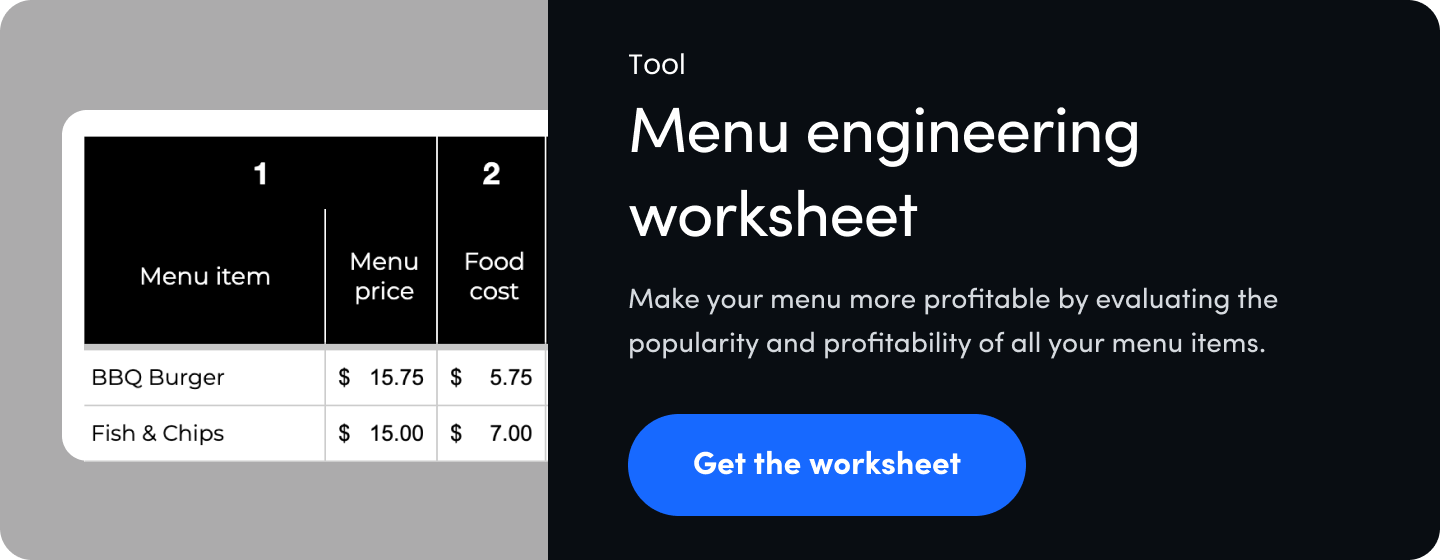
Once you’ve decided what’s on your permanent menu, you can create some flexibility by adding daily or weekly specials. You may want to leave these off your paper menus and make them accessible by QR code, through your servers, or on a chalkboard. You could also leave a space for an insert or additional menu card.
Many restaurant menus change regularly to incorporate seasonal dishes. If that's true for your restaurant, creating templates for these seasonal dishes in your restaurant menu design can be a time-saver.
Give yourself some freedom to change up the specials. They’re an important tool for maximizing profit, managing inventory, and keeping your menu fresh and exciting.
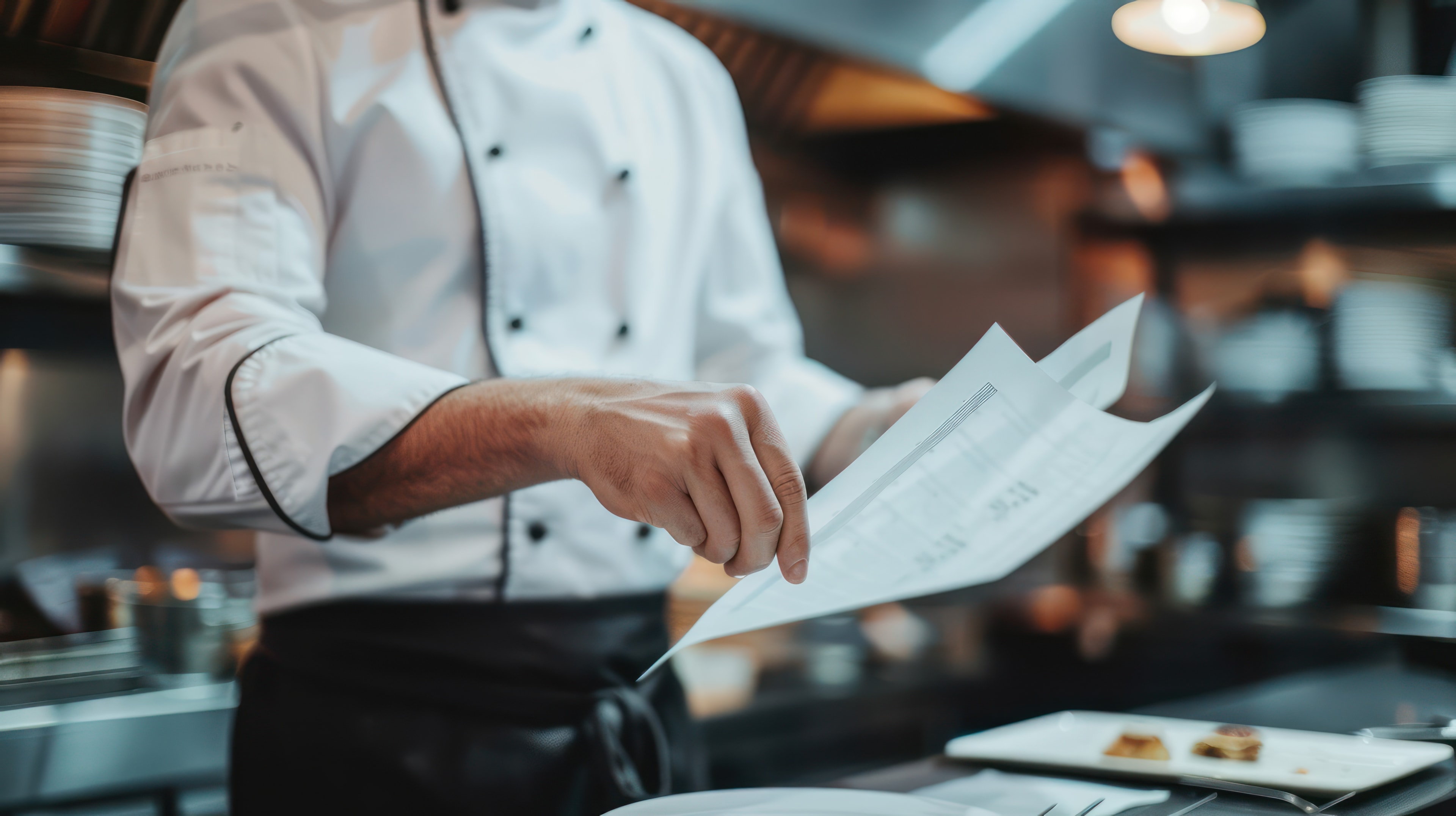
2. Organize into sections
After menu engineering, divide your menu into logical sections. You don’t need to reinvent the wheel. Dividing your menu into appetizers, entrees, sides, and desserts is just fine. Depending on your restaurant concept and cuisine, you could get creative with how your dishes are organized, dividing them into categories like vegetables, fish, and meat, or small, medium, and large plates. Or, you can organize your menu offerings into certain dishes like salads, soups, and sandwiches.
As you’re mapping out your menu, also decide whether you’ll be combining food, drinks, and desserts on one menu or if you’ll be providing additional menus. For many restaurants, condensing an entire menu into a single page is a daunting task. Multiple menus can help you avoid overcrowding, but make sure you’re keeping them trim so you’re not overwhelming guests with pages of options. It’s a good idea to maintain a consistent menu design (i.e. color combinations, images, icons, design elements, fonts) across all your menus.
3. Showcase your most profitable items
Once you’ve streamlined your menu, highlight your most profitable menu items. You could list the most profitable menu items first in each category, or add a central call-out box of “favorites” or “house classics.” By placing your most profitable items in the center of the menu, you benefit from “the golden triangle” phenomenon of menu design. When a guest looks at a menu layout, their eyes are drawn to the middle first, then the top right, then the top left—the same rule applies when people view works of art or food photos.
Guests subconsciously order the first two menu options most frequently, so it’s a good idea to start with a high-margin item and place a more cost-effective item last. Placing an expensive option at the start of the list also makes other prices seem reasonable in comparison.
You could also play with different colors and images to bring attention to these heavy hitters. While you want to keep the same fonts consistent throughout the menu, changing the color or bolding the text of more profitable menu items can help grab your customers' attention.
4. Identify a color scheme
Different color combinations can evoke different emotions and actions. Keep this in mind as you choose a color scheme. Colors are a key component of your restaurant brand and you’ll want to maintain consistency across your restaurant marketing. That means your new menu templates, logo, social media, online menu, and restaurant website should all follow the same color scheme.
Here are some common menu colors, and the feelings they’re associated with.
Blue: Has a calming effect. However, it’s thought to be an appetite suppressant as there aren’t many blue foods found in nature. Because we associate this color with the ocean, it could be a good fit for seafood restaurants.
Red: According to scientific research, this color is most associated with appetite response. It can increase your heart rate and spike your metabolism, increasing feelings of excitement and the urge to eat.
Yellow: Draws our attention, most associated with happiness and sunlight. Combining yellow with red and orange maximizes each color’s effect. Depending on your backdrop color, avoid yellow as a text color as it can be hard to read.
Green: This is associated with freshness. Using green elements in your menu can evoke a healthy, fresh vibe that might resonate depending on your clientele.
Orange: Another attention-grabbing color that may have appetite-stimulating effects. Best combined with red and yellow.
Purple: This color connotes luxury, but it can also be an appetite suppressant.
Brown: This evokes comfort, related to items like breads and baked goods. But it’s not necessarily appetizing and it’s hardly attention-grabbing.
5. Add quality visual elements
Visual elements like graphics, your own logos, and typography can personalize a menu and help focus your guests’ attention on certain menu sections or items. Featuring your restaurant logo can reinforce your restaurant's brand and create consistency across guest touchpoints. Graphics or illustrations of different dishes and drinks can put the focus on those items and create variety. If you want a dazzling menu, you're going to have to think beyond black text on a white page.
Visual elements can also be line breaks and outline boxes that signify different menu sections. If you’re going to include photos, make sure the photos are high quality and optimized for print. Food photography is tricky to get right, and printing photos on your menu can get expensive fast. Rather than food photos, opting for subtler illustrations (and fewer of them) will ensure your menu design is sustainable over time, only requiring small tweaks instead of gut renovations.
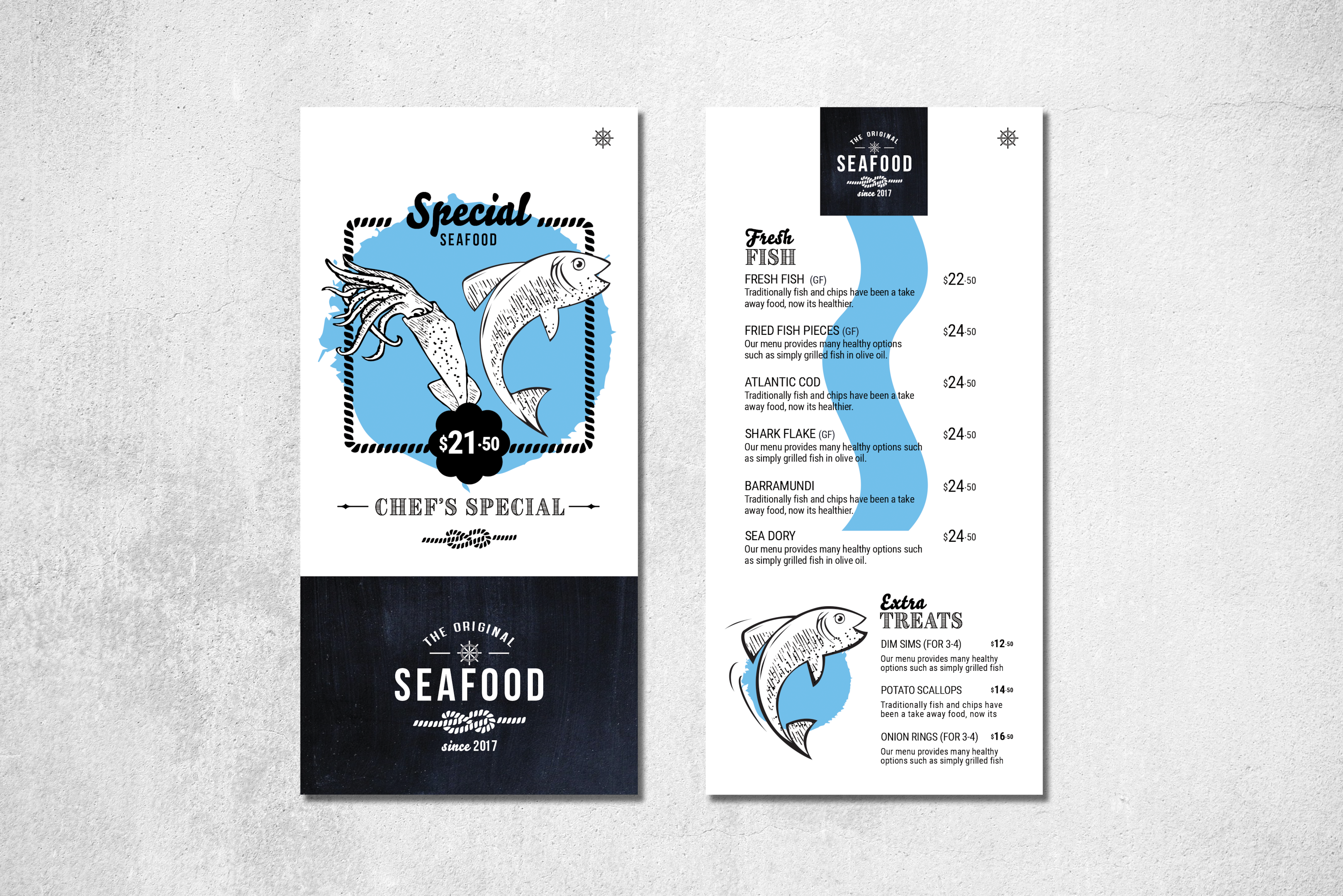
6. Use descriptions to make the sell
Your menu’s visual elements should work in tandem with the item names and descriptions. Whether you’re taking a minimalist approach or using bold language to tell a story, stay consistent across your menu. There's no right way to do it, just select what makes sense for your restaurant's brand.
If you’re opting for more descriptive and evocative item names and descriptions, you have an opportunity to highlight the quality, freshness, and source of your food. Mention local suppliers and farms as well as descriptions like “grass fed” and “organic,” if they apply.
You can list ingredients simply—or you can go whole hog with your descriptions. Here’s an example of both strategies:
Simple: Double cheeseburger with bacon, lettuce, and tomato.
Detailed: 100% grass fed Angus beef cheeseburger with aged gouda, thick-cut bacon, butter lettuce, and Fritz Family Farms heirloom tomato.
Cocktail menus are fertile ground for creativity and memorable item names. Naming cocktails after family members, nearby streets, or fun twists on classic names, are some ways to make your menu pop.
7. Decide on materials
Once you’ve designed your menu, it’s time for the exciting part: bringing it into the physical world. As you’re looking at printing options, first plot out how often you’re planning on modifying your menu so you can opt for a price point that allows for those changes. Think about your concept—what role do your menus play in the guest experience?
If you’re trying to create an upscale guest experience, select heavier cardstock and higher-quality printing. Or, for example, if you run a BBQ restaurant, consider using a synthetic stock that is easy to clean, wipe down, and reuse. QR Codes are a helpful tool for menus with frequent changes or restaurants looking to save on printing costs.
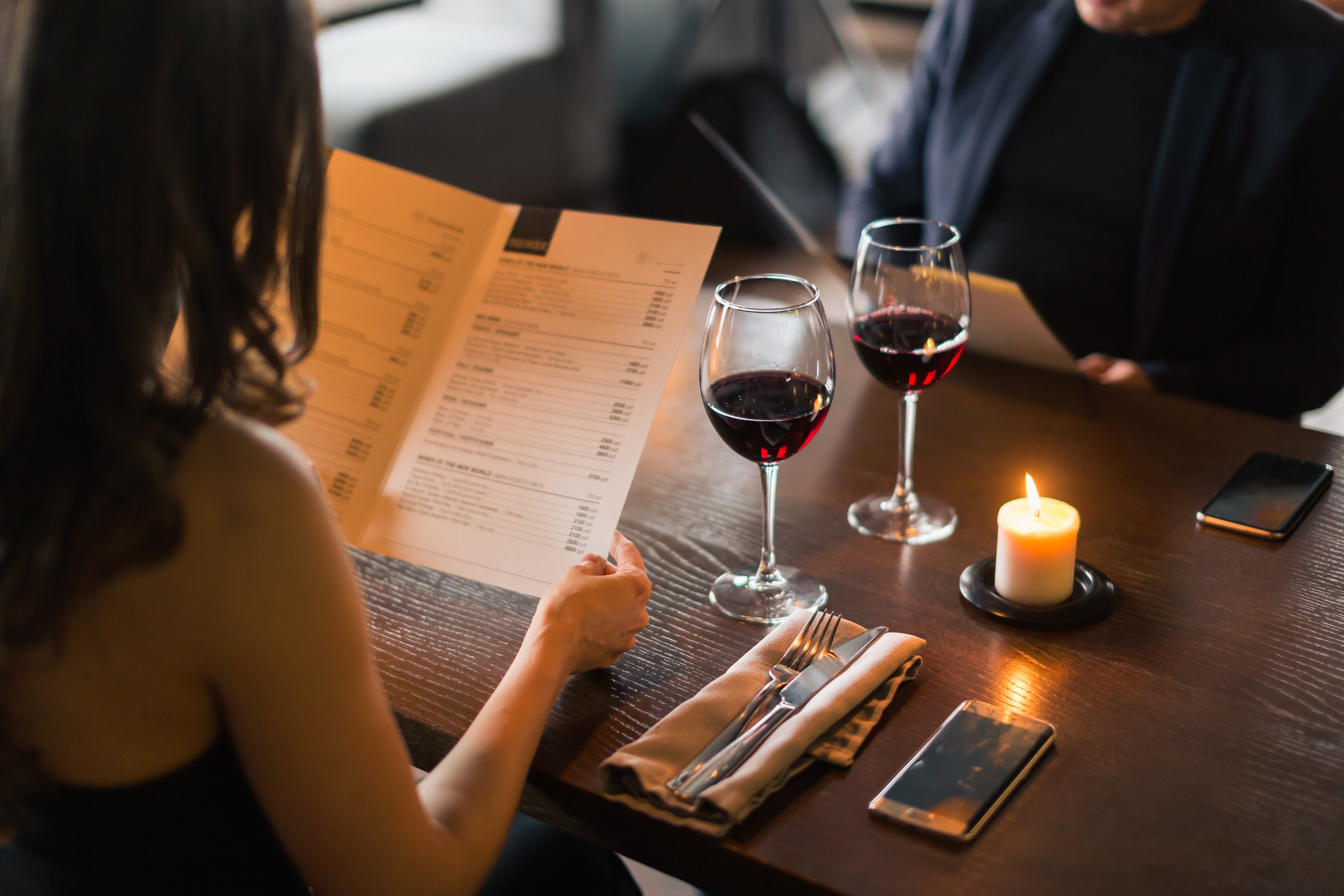
Menus are a key part of the dining experience
It can be easy to overthink restaurant design. It rings true for how we design menus as well. Staring at a blank canvas is brutal, and professionally designed templates are expensive and out of reach for many cash-strapped businesses. But investing in new menus is worthwhile since they shape so much of how guests perceive your restaurant's identity.
Following this checklist can help you start creating a thoughtful menu design that woos new customers and charms your regulars with new pitches on familiar dishes and a cohesive restaurant brand. It's always a good time for a fresh look. So whether you're just refreshing your layout, or completely transforming your logo, social media, and brand, make sure your menu represents your business well.
